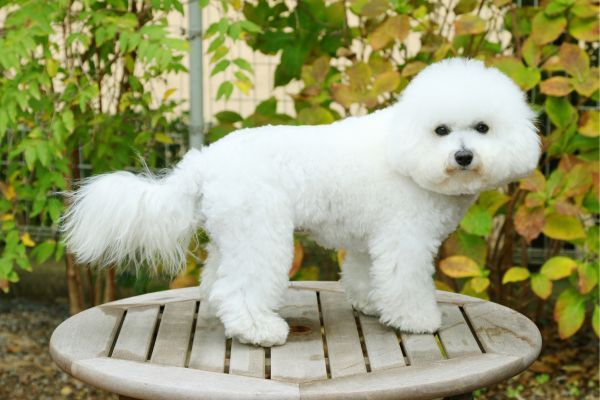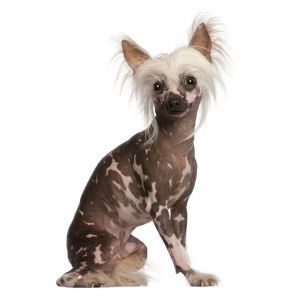Bichon Frise
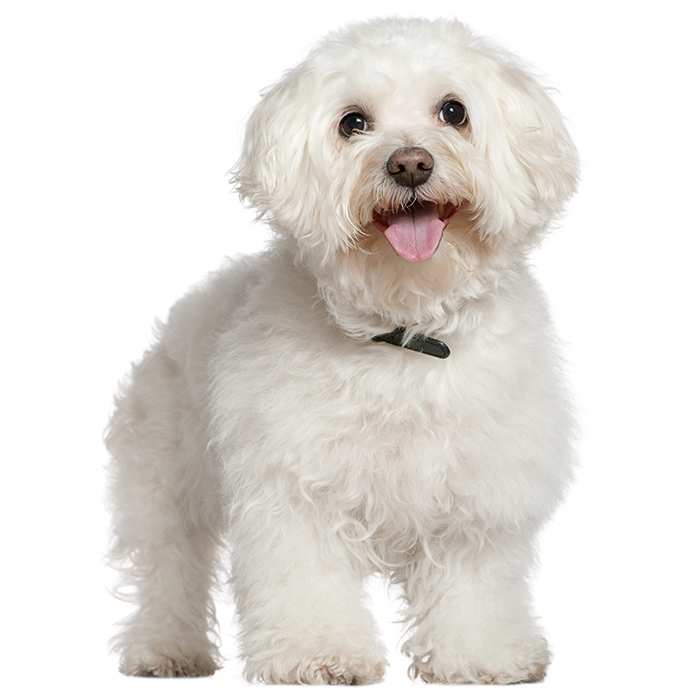

| Recommended for | Families, singles, and seniors seeking a loyal companion and providing regular interaction and attention |
| Breed Classification | Non-Sporting group |
| Other names | Bichon Tenerife, Bichon à Poil Frisé |
| Lifespan | 12 - 15 years |
| Size | Small |
| Temperament | Affectionate, loyal, friendly, cheerful, playful, gentle |
| Intelligence | High; known for being quick learners, although they can be a bit stubborn at times |
| Tendency to bark | Moderate; they may bark to alert or if left alone for too long |
| Maintenance Level | High grooming needs due to their fluffy coat, moderate exercise requirements |
| Health Risk | This breed has an around average probability of having health issues in its lifetime, hence it is one of the less expensive breeds to insure. |
Insuring a Bichon Frise?
Get award-winning cover with more benefits and up to 80% of eligible vet bills reimbursed. Find out about your cover options.
Get a quick quote
Is this breed right for you?
Try our breed selector quiz to find out your best matching breed!
Insuring a Bichon Frise?
Get award-winning cover with more benefits and up to 80% of eligible vet bills reimbursed. Find out about your cover options.
Get a quick quote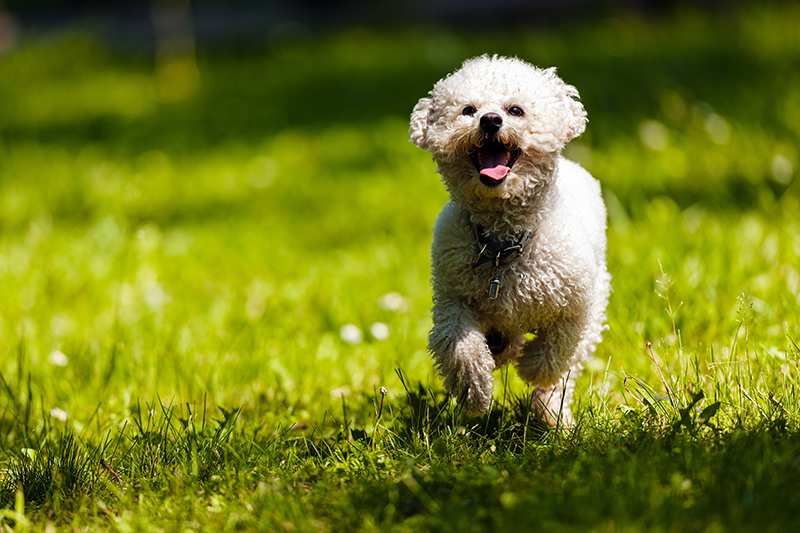
Breed history of Bichon Frises
The Bichon Frise has its origins in the Mediterranean, where it was beloved by sailors who used them as charming companions on long voyages. This breed, descended from the Barbet (or Water Spaniel), was known as the “Bichon Tenerife” after gaining popularity on the Canary Islands. It soon caught the eye of the European nobility and became a favourite among French and Spanish aristocrats, who prized the Bichon for its delightful personality and fluffy, white coat.
Throughout history, the Bichon Frise has shown remarkable adaptability. During the French Revolution, these charming dogs transitioned from the arms of the elite to life as street performers and circus dogs, where their intelligence and trainability shone. The breed’s modern form was refined in France, where dedicated breeders ensured that the Bichon’s distinctive coat and playful spirit were preserved.
In the 20th century, the Bichon Frise made its way to America and other parts of the world, gaining popularity as both a show dog and a family pet. In the mid-1960s, the Bichon became very popular in Australia thanks to a TV series called Meweth, starring Bruce Gyngell and his pet Bichon “Molly”. Today, the Bichon Frise is adored aroung the world for its rich history and is celebrated as a loyal, cheerful, and affectionate companion.
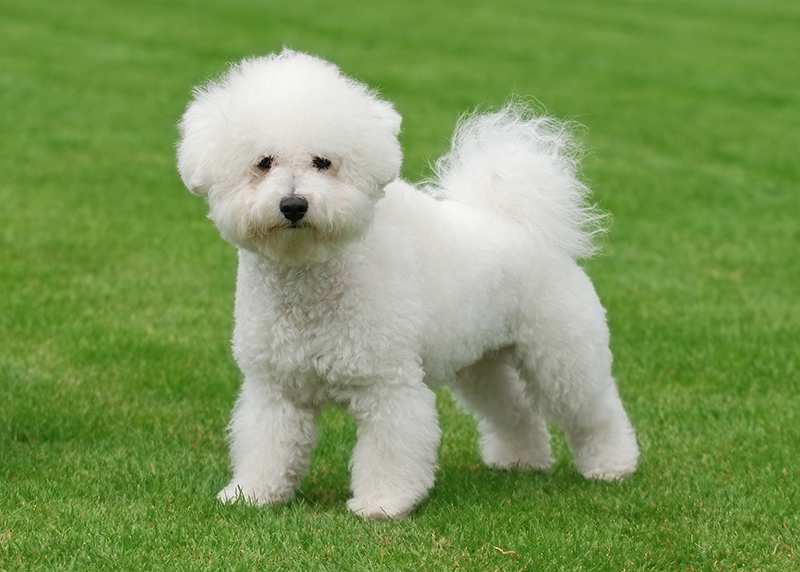
Physical description of Bichon Frises
The Bichon Frise is a small, sturdy dog with a distinctive, fluffy white coat that makes it resemble a soft cotton ball. With a slightly rounded skull and a well-proportioned body, the Bichon is both elegant and compact in its appearance. Its round, dark eyes and black nose give it an endearing and inquisitive expression that matches its playful and affectionate personality.
The hallmark of the Bichon Frise is its soft, double-layered coat, consisting of a fine, silky undercoat and a curly outer layer. This hypoallergenic coat requires regular grooming to prevent matting and maintain its fluffy, cloud-like look. Bichons come exclusively in white, though some may have subtle shadings of cream or apricot on their ears or body.
| Weight range | 5 to 10 kg |
| Height range | 23 to 30 cm |
| Colours | White, with subtle shadings of cream or apricot on the ears or body |
| Coat length | Medium length, double-layered coat with a soft undercoat and a curly outer layer |
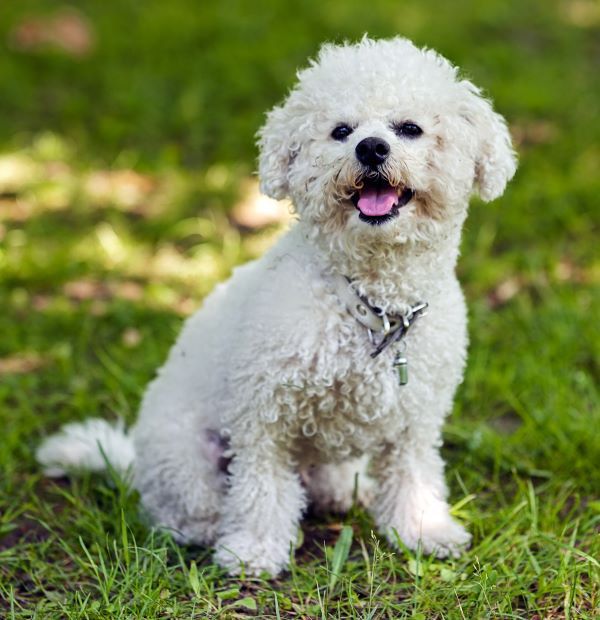
Bichon Frise personality and temperament
The Bichon Frise is known for its playful, affectionate, and charming personality, making it a delightful companion for families, singles, and seniors alike. Highly sociable, Bichons thrive on human interaction and enjoy being the centre of attention, often showing off with playful antics that can entertain for hours. Their cheerful nature and love for socialising mean they’re happiest when around people or other pets, making them wonderful family dogs who bond closely with everyone in the household.
Bichons are highly intelligent and sensitive to human emotions, making them particularly adept at understanding and responding to their owner’s mood. This sensitivity, along with their gentle disposition, makes them excellent therapy dogs, offering comfort and companionship to those who need it most. Bichons are perceptive and quick to learn new commands, although they may have a streak of stubbornness that calls for gentle, positive reinforcement during training.
Bichon Frises are adaptable to different living environments, from bustling city apartments to suburban homes with a yard, as long as they receive ample attention and playtime. While they enjoy being active and outdoors, Bichons are equally content relaxing indoors, especially in the company of their loved ones. Their independence allows them to entertain themselves when necessary, though they generally prefer being close to their family. Overall, the Bichon Frise’s sociable, intelligent, and adaptable personality makes them an ideal companion, whether you’re looking for a playful friend or a gentle and loyal family pet.

Bichon Frises with kids and other pets
Bichon Frises are affectionate and gentle dogs, making them wonderful companions for families with children. Their playful and easygoing nature fits well in lively households, and they’re known to form strong bonds with kids. Bichons are patient and tolerant, allowing them to interact well with young children who are still learning to be gentle with pets. However, like any dog breed, supervision is recommended during playtime to ensure safety, particularly with smaller children who might not fully understand how to handle a dog’s small frame.
With other pets, Bichon Frises are generally friendly and adaptable, especially when they’ve been socialised from an early age. They tend to get along well with other dogs and can often cohabit peacefully with cats and other animals. Though they don’t have a strong hunting instinct, it’s still beneficial to introduce them gradually to smaller animals and provide consistent training to reinforce positive interactions. Bichons love companionship, and with the right socialisation, they can live harmoniously with a variety of pets.

Bichon Frise training and exercise
Bichon Frises are sociable and spirited dogs that need regular physical activity and mental engagement to remain content and well-behaved. They enjoy a variety of activities, from daily walks to lively play sessions with family members, which keep them both physically and mentally fit. While Bichons are generally not destructive, a lack of stimulation can lead to boredom and minor mischief. Puzzle toys and interactive games work wonders for keeping their minds active and preventing unwanted behaviours. They flourish in environments where they receive plenty of attention and chances to participate in family activities.
Training a Bichon Frise is typically a rewarding experience, as they are intelligent and keen to please, though they may show occasional independence. Patience and consistency are key to helping them understand commands, and early socialisation is vital to building their confidence, especially around other animals and new surroundings. Bichons respond best to positive reinforcement, and setting clear boundaries helps them understand their place within the family. With the right encouragement, Bichon Frises can excel in obedience training and even participate in agility activities, showing that they are both devoted companions and quick learners.
| Energy level | High |
| Exercise requirements | Moderate |

Bichon Frise feeding and nutrition
Keeping your Bichon Frise healthy and full of energy comes down to a balanced diet that meets their unique needs. As small dogs with moderate energy, Bichons do best on high-quality food made for small breeds, with the right balance of protein, fats, and carbs to keep their fluffy coats shiny and their spirits lively. It’s always a good idea to check in with your vet to make sure your Bichon is getting the right nutrients based on their age, size, and lifestyle.
As they grow, a Bichon’s diet will need to adapt. Puppies benefit from nutrient-dense food to fuel their growth, while adult Bichons need a balanced diet to help them stay fit and energetic. For seniors, a lower-calorie diet with added joint support can be helpful. Watching their portion sizes and keeping them hydrated are simple steps to prevent overfeeding and keep them in top shape. Regular vet visits will help fine-tune their diet, so they stay happy and healthy at every stage.
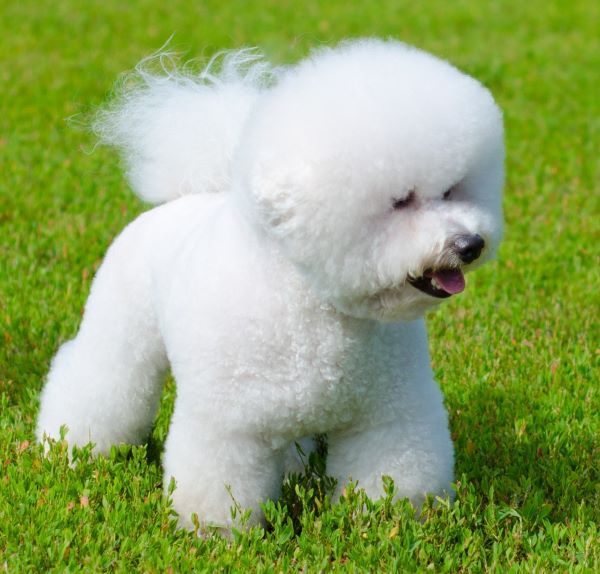
Bichon Frise care and grooming
Bichon Frises have a beautiful, fluffy white coat that’s soft and curly, giving them their adorable “teddy bear” appearance. Their coats don’t shed much, making them a popular choice for people with allergies, but they do require regular care to prevent matting and keep them looking fresh. Brushing several times a week is essential to keep their coat smooth and tangle-free, along with monthly baths to maintain its brightness and cleanliness.
In terms of grooming, Bichons need a bit of extra attention. Professional grooming every month or two is recommended to maintain their iconic rounded look, as shaping the coat around their face and body can be tricky. Regular brushing, nail trimming, and dental care are key to their health and comfort. Their nails should be clipped every few weeks, and brushing their teeth helps prevent dental issues common in small breeds.
Health issues for Bichon Frises
- Hip Dysplasia affects the development of the hip joint in Bichon Frises, leading to joint instability and eventual arthritis. This hereditary condition often causes symptoms like limping, discomfort, and reduced mobility. Although genetics play a significant role, factors such as rapid growth, excess weight, and inadequate exercise can make the condition worse. Regular check-ups and a balanced exercise routine are crucial for maintaining your Bichon’s joint health.
- Patellar Luxation is common in Bichon Frises and occurs when the kneecap slips out of place, causing discomfort and mobility issues. This condition, which is also influenced by genetic factors, can worsen with obesity or excessive strain on the joints. Monitoring for signs of knee discomfort and addressing any symptoms early can help prevent long-term damage to the joints.
- Progressive Retinal Atrophy (PRA) is a genetic condition that causes the gradual degeneration of the retina, eventually leading to blindness. Bichons with PRA may initially show signs of night blindness, followed by a gradual loss of vision. Regular eye exams and genetic testing are recommended to detect and manage this condition early.
- Bladder Stones are another common issue for Bichons, causing pain and difficulty during urination. This condition can be influenced by diet and genetic predisposition, so a balanced diet and regular hydration are essential for prevention. Routine vet check-ups and monitoring for any urinary changes are also key in managing bladder health.
Not all conditions are covered by Pet Insurance. For details of Bow Wow Meow Pet Insurance cover, refer to the Product Disclosure Statement.
What do Bichon Frise owners claim for the most?
- Dermatitis
- Diabetes Mellitus
- Cruciate Disease
- Hyperadrenocorticism
- Otitis Externa
Thinking about insuring a Bichon Frise
Thinking about insuring a Bichon Frise
Learn moreThinking about insuring a Bichon Frise
Learn moreFree engraved pet ID tag on sign up3
Customer Satisfaction
21 day cooling off
Easy to use Pet Portal

GapOnly® in vet claims
MORE INFORMATION
Bichon Frise Club of America – http://www.bichon.org/

